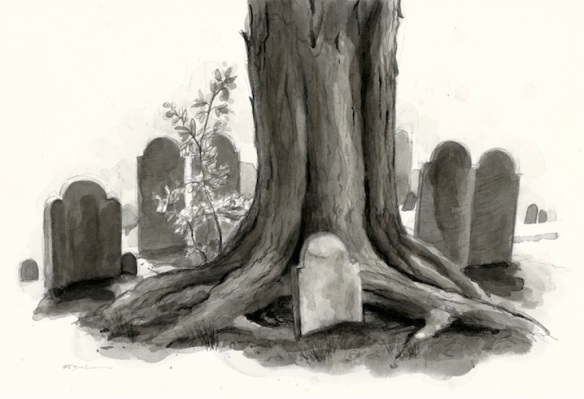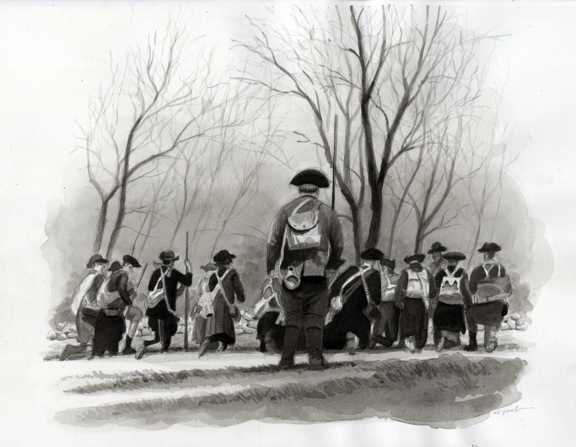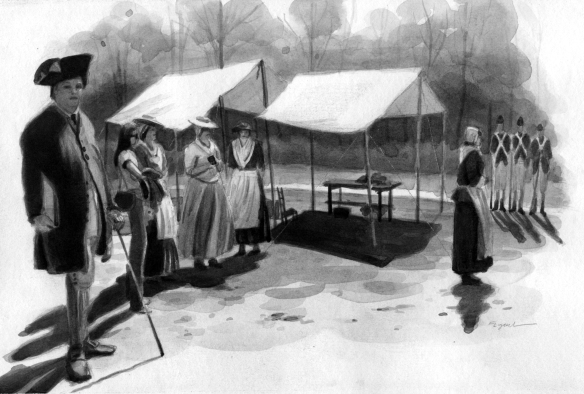I met a woman once who told me that a long time ago, she lived in an apartment above Leone’s Subs, on Broadway in Somerville. (It’s along the route that Paul Revere took to warn that the British were coming – a drawing project of mine.) She remembered that at the time, the owner of the Leone’s was asked if he’d mind if a few wires were run through his property to bring cable t.v. service to the auto body shop behind his property. He obliged without any hesitation. He wasn’t stupid. He knew what that place behind was the headquarters of the Winter Hill Gang – Boston’s Irish mob. Perhaps you’ve heard of the gang’s most famous member – Whitey Bulger. He’s the ruthless killer who was protected by the FBI for quite a while (in exchange for information). He was tipped off, too, and escaped arrest – living for years on the run before capture in California, where he lived with his girlfriend by the beach. He’s now in jail for the rest of his life. Jack Nicholson’s role in Martin Scorcece’s film “The Departed” was loosly based on him. “Black Mass”, the actual story of Whitey Bulger, was recently filmed here in Boston and will star Johnny Depp as Whitey.
The Winter Hill Gang is long gone now. And their hangout on Marshall Street, behind Leone’s, has made quite a conversion. It’s a Pentecostal church now, serving an immigrant population. The neighborhood has changed. The little store that I drew in front of, was “El Valle de la Sultana Market”, with plantains and big bags of rice in the window.
As I drew, I watched firemen and truck drivers stop in for subs up ahead, under Leone’s big, funky neon sign. Quite a few times, some tough-looking African American guys with neck tattoos snuck up from the barbershop behind me to see what I was up to. They came back from time to time to check on my slow progress. The owner of the barbershop started coming over too, but he never smiled. He just squinted at the drawing. After a couple of hours the light had changed too much to continue, so I decided to finish things at home. The boss came over to get a last look as I packed up and I told him that I’d send the finished image by email if he’d give me his address. He went back and then returned to give me his business card.
I was more than happy to send him the drawing scan. After all, I’m not stupid. His shop is called “Goodfellas Barber Shop”.













